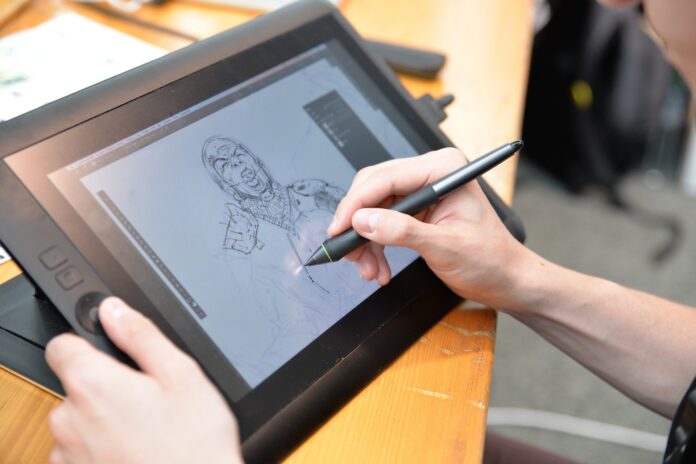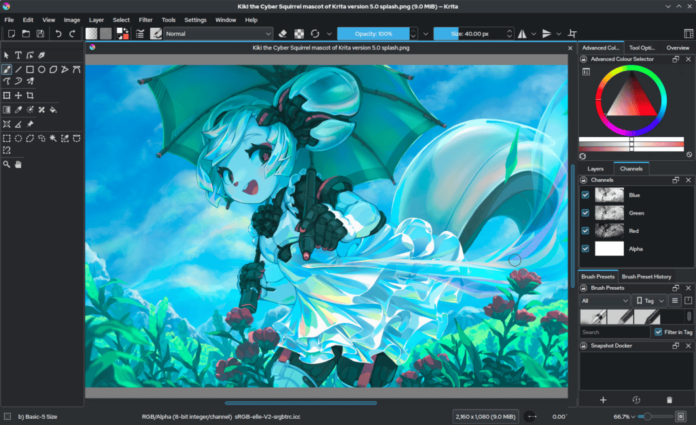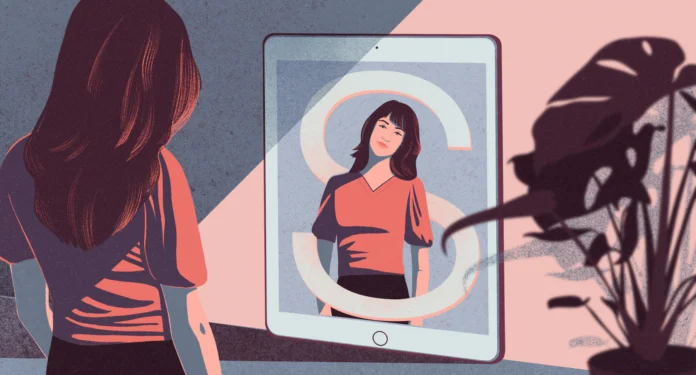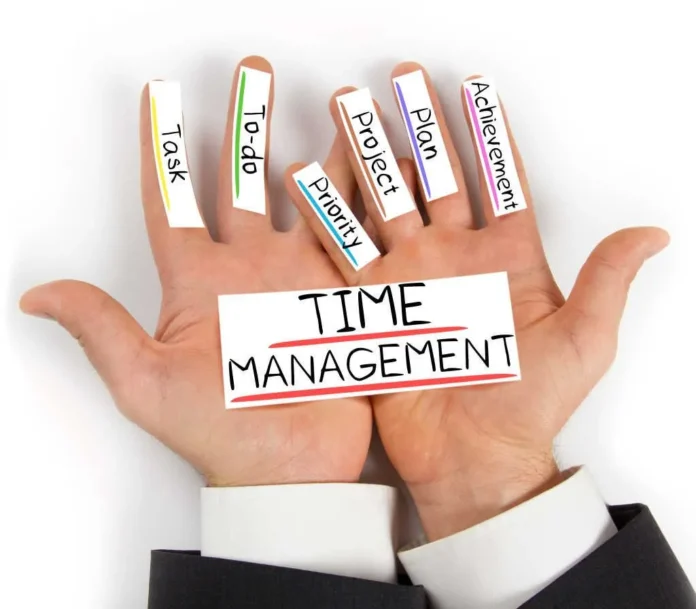As an aspiring digital artist, you may have a lot of questions about how to turn your hobby into a profession. Luckily, there are many tips and tricks you can use to take your digital art to the next level and start making a living from your passion. In this article, we’ll explore tips for aspiring digital artists, from mastering the basics of the digital art software to building a strong portfolio and online presence.
Getting started with digital art

If you ever been wondering how to become a digital artist, the first step is to get started with the right tools and software. There are many digital art software options available, from free programs like GIMP and Krita to more advanced paid software like Adobe Photoshop and Procreate. Take some time to research and try out different software options to find the one that works best for you.
Once you have your software, it’s time to start exploring the basics of digital art. This may include learning how to use layers, brushes, and filters, as well as understanding color theory and composition. There are many online tutorials and courses available to help you get started with digital art, so don’t be afraid to invest some time and resources into learning the ropes.
Mastering the basics of the digital art software

Once you have a basic understanding of digital art, it’s time to start mastering your software. This may involve learning advanced techniques like masking, using 3D models, and creating custom brushes and textures. Take advantage of online resources like forums, YouTube tutorials, and online courses to help you improve your skills and stay up to date with the latest techniques and trends.
Building a strong foundation in traditional art
While digital art is a unique medium in its own right, it’s still important to have a strong foundation in traditional art techniques. This may include drawing, painting, and sculpting, as well as studying art history and theory. By building a strong foundation in traditional art, you’ll be able to bring a unique perspective and skillset to your digital work.
Experimenting with different styles and techniques
As you continue to develop your skills, it’s important to experiment with different styles and techniques to find your unique voice as an artist. This may include exploring different subject matter, experimenting with different color palettes, or trying out new tools and software. Don’t be afraid to step outside of your comfort zone and take risks in your work.
Creating a personal brand and style

As you start to build a body of work, it’s important to start thinking about your brand and style as an artist. This may include developing a signature style or aesthetic, as well as creating a brand identity through your online presence and marketing materials. By developing a strong personal brand, you’ll be able to stand out in a crowded digital art landscape and attract the right clients and collaborators.
Collaborating with other artists and clients
Collaboration is an important part of the digital art world, whether you’re working with other artists on a project or collaborating with clients on a commission. Take advantage of online platforms to connect with other artists and showcase your work, and be open to collaborating with others to create something truly unique and impactful.
Developing a portfolio and online presence

One of the most important things you can do as a digital artist is to develop a strong portfolio and online presence. This may include creating a website or online portfolio to showcase your work, as well as establishing a presence on social media and other online platforms. By developing a strong online presence, you’ll be able to reach a wider audience and attract more clients and collaborators.
Marketing your artwork and services
Marketing is an important part of any business, and as a digital artist, it’s important to market your artwork and services effectively. This may include creating a marketing plan, networking with other artists and industry professionals, and using social media and other online platforms to promote your work. Consider offering limited-time promotions or discounts to attract new clients, and be sure to highlight your unique value proposition and what sets you apart from other digital artists.
Managing your time and workflow effectively

As a digital artist, it’s important to manage your time and workflow effectively to ensure that you can meet deadlines and produce high-quality work. This may include using project management software to stay organized, setting realistic goals and deadlines, taking breaks, and practicing self-care to avoid burnout.
Continuing to learn and grow as an artist
Finally, as a digital artist, it’s important to continue learning and growing to stay at the top of your game. This may include taking online courses and workshops, attending industry events and conferences, and staying up to date with the latest trends and techniques in digital art. By continuing to learn and grow, you’ll be able to produce even more stunning and impactful work and take your career to the next level.
Understanding the business side of digital art, including contracts, licensing, and pricing

This includes understanding how to negotiate contracts and licenses with clients, setting prices for your artwork and services, and protecting your intellectual property rights. By developing a solid understanding of the business side of digital art, you’ll be able to protect your work, establish fair and sustainable pricing practices, and build a reputation as a professional and reliable artist. This knowledge can be gained through research, networking with other artists and industry professionals, and seeking out legal and business advice when necessary.
Conclusion
In conclusion, becoming a successful digital artist requires a combination of technical skills, creativity, and business savvy. By following these tips for aspiring digital artists, you’ll be well on your way to turning your hobby into a thriving profession. Whether you’re just starting or looking to take your career to the next level, there’s never been a better time to pursue your passion for digital art. So, grab your tablet and stylus, and start creating!









